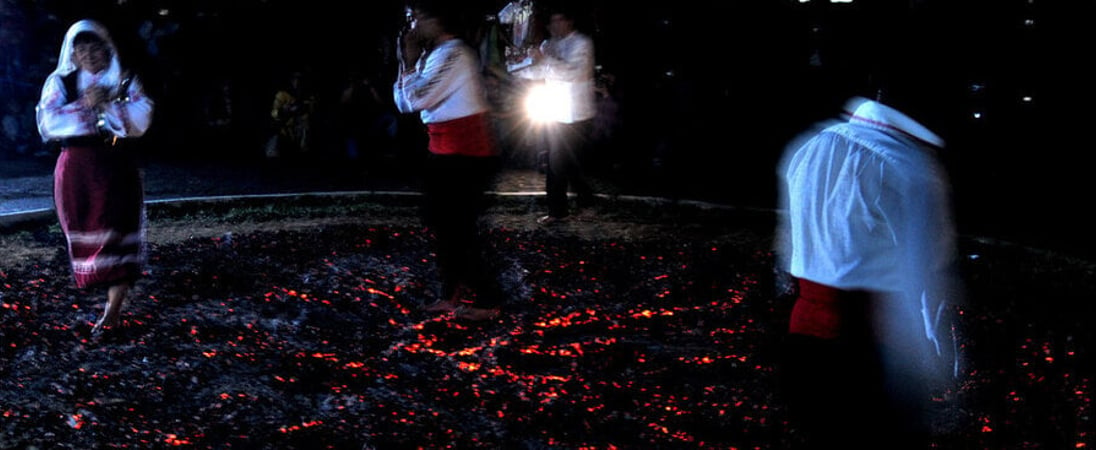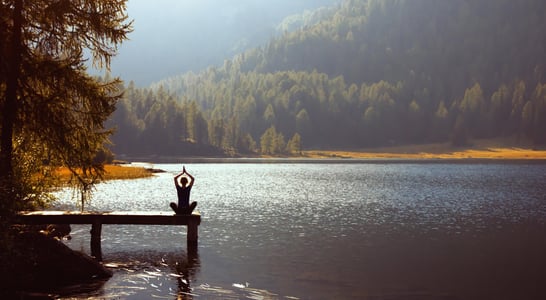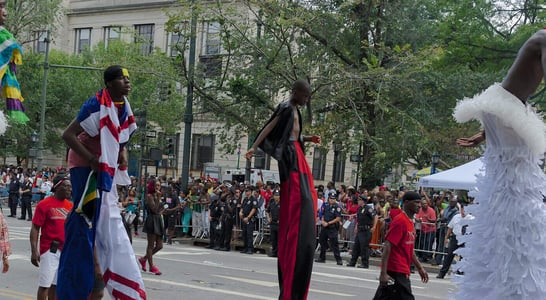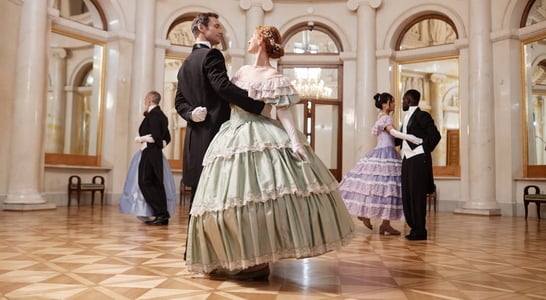
Firewalking Festival
Nestinarstvo, also known as the Firewalking Festival, is a captivating ritual practiced in a few Bulgarian and Greek villages.
Participants, called “nestinari,” perform an awe-inspiring dance on hot embers, holding sacred icons of Saints Constantine and Helena.
Learn About the Firewalking Festival
This ritual symbolizes a deep spiritual connection, believed to protect the community from misfortune and bring health and prosperity.
As evening falls, the village square becomes a glowing stage. The rhythmic beats of drums and bagpipes fill the air, creating an atmosphere charged with anticipation and mysticism as the dancers begin their trance-like walk across the fiery coals.
The day starts with various preparations, including a ceremonial procession to a sacred spring. Villagers and visitors alike gather to witness the nestinari as they mentally prepare for the challenging dance ahead.
The ritual, inscribed by UNESCO as a part of humanity’s intangible cultural heritage, is not just a show of physical endurance but a testament to the power of belief and tradition.
It’s said that the nestinari achieve this feat with the blessings of the saints, making the experience both an act of faith and an extraordinary cultural spectacle.
How to Celebrate the Firewalking Festival
Experiencing the Firewalking Festival, or Nestinarstvo, in its full glory can be truly magical. Here’s how to dive into this enchanting tradition without getting burnt!
Join a Local Celebration
Head to one of the authentic villages in the Strandzha region, like Bulgari or Kosti, where the festival still retains its traditional charm.
It’s not just about watching the dance but feeling the rhythm and spirit of the community. Keep your camera handy, but don’t forget to soak in the atmosphere with your own senses!
Taste the Feast
Food plays a huge role in any celebration. Indulge in traditional Bulgarian dishes served during the festival.
Try banitsa, a flaky pastry, or sip some rakia, a strong fruit brandy. Your taste buds will be doing a little dance of their own!
Listen to the Music
The festival’s soul-stirring music, with drums and bagpipes, creates an almost hypnotic effect. If you can’t make it to the festival, create your own playlist of Bulgarian folk music.
Let the beats transport you to the mountains of Strandzha.
Create Your Own Ember Walk
Want to feel the thrill without the burns? Create a safe ‘firewalk’ using painted pebbles or red cloth. Gather friends and family, take turns walking your ‘fire path,’ and share stories about courage. Just make sure everyone’s feet stay cool!
Craft a Mini Altar
Embrace the spirit of the nestinari by creating a small altar at home. Use flowers, candles, and any meaningful items that represent protection and good fortune to you. It’s a fun way to connect with the festival’s deeper meanings without setting anything ablaze.
With these quirky and playful ways, everyone can celebrate the Firewalking Festival, with no fireproof soles required!
History of the Firewalking Festival
The Firewalking Festival, known as Nestinarstvo, has roots that go back thousands of years. Its exact origin is a bit of a mystery but some historians date the practice of firewalking back to 1200 BC or earlier.
Some believe it began in ancient Thrace, where people worshiped the Sun God with fire rituals. Others think it may have come from the merging of pagan traditions with Christian beliefs later on.
The festival is mostly celebrated in the Strandzha mountains of Bulgaria and northern Greece. It honors Saints Constantine and Helena. Traditionally, only certain families practiced firewalking, and these families passed down the skills and secrets of firewalking through generations.
Firewalkers, called nestinari, would enter a trance-like state before stepping onto the hot coals. This ritual was considered a way to connect with the divine. The church did not always support this practice. During certain periods, authorities even banned it. Despite this, the tradition survived in remote areas.
After Bulgaria’s communist era ended, the festival regained popularity. In 2009, UNESCO recognized Nestinarstvo as part of humanity’s intangible cultural heritage. Today, it draws many curious visitors to the villages where it’s still performed.
Nestinarstvo remains a symbol of faith, courage, and cultural resilience. It continues to intrigue and inspire those who witness its fiery spectacle.
Also on ...
View all holidaysWorld Meditation Day
Slow the pace of life for a time and focus on yourself. By meditating, you can reduce stress, improve brain function and well-being, and get a break from daily life.
National Talk Like Yoda Day
Feel the force flow through you as you speak like Yoda! With his unique, backwards-grammar style, this legendary Jedi master is the epitome of quirky cool. So channel your inner Yoda and let the wisdom of the force guide your words.
International Tea Day
While everyone loves a cup of tea, many of the workers and producers of that tea face poor conditions and pay. Help raise awareness and keep tea fair.
World Day for Cultural Diversity
The blending of customs, beliefs, and traditions creates a vibrant tapestry of perspectives, enriching societies worldwide.







